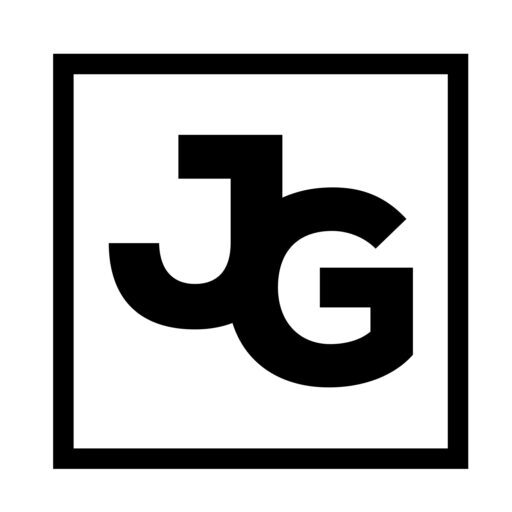You didn’t think I’d write an entire post about Facebook without following it up with a little criticism, did you?
Facebook has undoubtedly provided us with a powerful platform in Timeline, however, the implementation of it, is truly Facebookian. What could be an incredible idea for the majority instead becomes a great idea for those that choose to put a ton of work in.
Here’s where Facebook missed the mark…
Additive vs Reductive

Of course Facebook chose to make every past action and activity part of our Timeline. The process of telling your story isn’t so much a matter of adding events to Timeline as it is deleting events from your Timeline and this process of curation could take hours upon hours. In this way, I think Facebook missed the mark and discouraged people from actually telling a good story. Most people I’ve spoken to about it say that it’s not worth the time to go back and edit. Instead of replacing the “About me” section with Timeline, Facebook replaced everything with Timeline and what we get in most people’s Timeline is a bunch of noise, that does little to tell that person’s story. Had Facebook made Timeline a “start-from-scratch” product, I think we would see more stories being told. Instead most people see it as too much work to go back and curate their story.
I miss “the Wall.” The Wall is a feature that should’ve remained intact. If we think of Timeline as a story, which is how I think it is best looked at, then every meaningless update or shared news story should not be part of the story. Good storytelling doesn’t get bogged down with irrelevant details which is what many status updates are. Good story telling is laser focused, includes meaningful events and interesting details. If Facebook had kept the Wall and simply given us the opportunity to add things from our wall to our Timeline, we could’ve had the most dynamic profile ever.
To make matter worse, there are the apps…
The Problem with Apps
First of all, apps are not stories and frictionless apps are noisy, intrusive and just plain terrible. Story-telling is about choosing what to include, and again Facebook chooses to include everything. Most of these timeline apps are frictionless ways for brands to become part of your story.
What would’ve been nice, would be the CHOICE to include which stories from an app are worthy of making the Timeline.
Here’s how I would’ve like to see it handled:
Show all of my Foursquare check-ins from the Foursquare app in a “tab” so that people can look at all of my Foursquare check-ins, that were posted to Facebook, over time. That is a story by itself: “where did Jeff check in on Foursquare?” Then give ME the option of posting individual or aggregate check-ins to the Timeline.
Show everything I’ve pinned on Pinterest from the Facebook app, in a “tab” so that people can see everything I’ve pinned, and posted to Facebook, over time. This is a story by itself: “what was Jeff pinning on Pinterest?” Then give ME the option of posting individual or aggregate pins to the Timeline.
By giving each app it’s own space, we could keep Timeline clean and neatly curated while still encouraging app usage. Instead, I find myself discouraged from using apps, beyond my opposition to the ridiculous amount of permission I need to authorize before using most apps.
In contrast to Zuckerberg’s Law

Ironically enough, the way Facebook implemented Timeline causes me to act in opposition to “Zuckerberg’s law;” I find myself sharing less and less on Facebook as I want my Timeline to be a reflection of who I am rather than everything I read, see, hear, and do in my life and on the web. I am more deliberate, not less in how I use Facebook. I use less apps, not more. I click the “like” button less and instead share content to Google+ and Twitter.
Regardless of these shortcomings, if you are willing to put n the work and be more selective with what goes on Timeline, you can still tell a compelling story.
